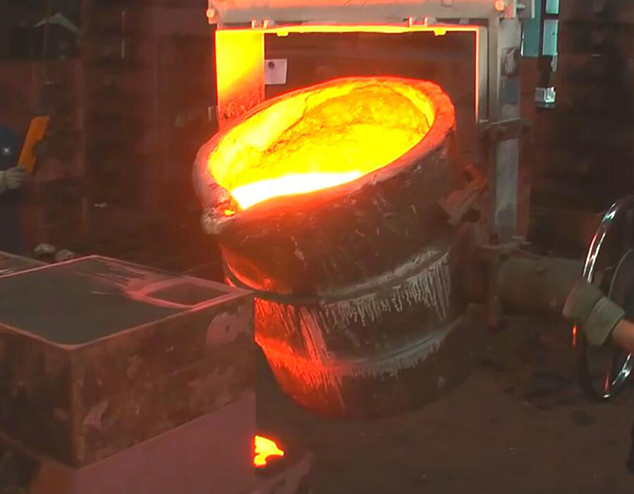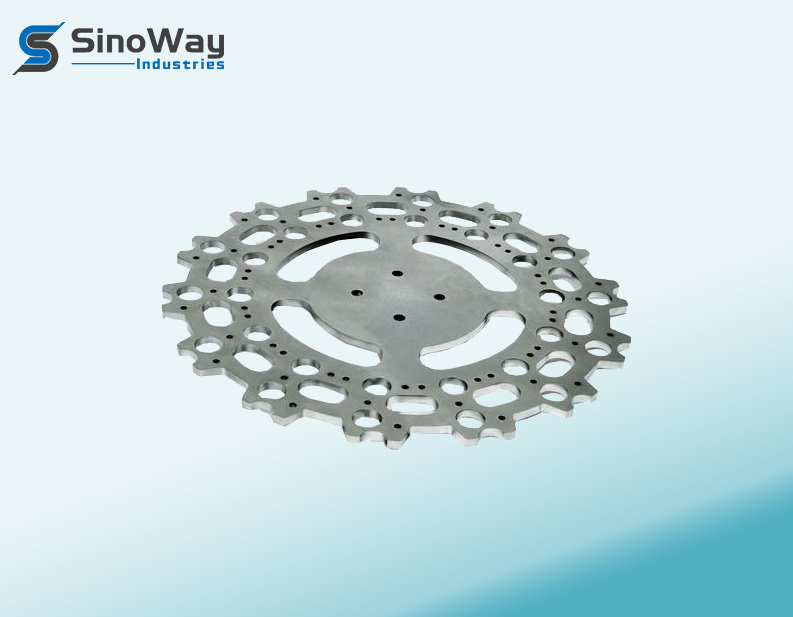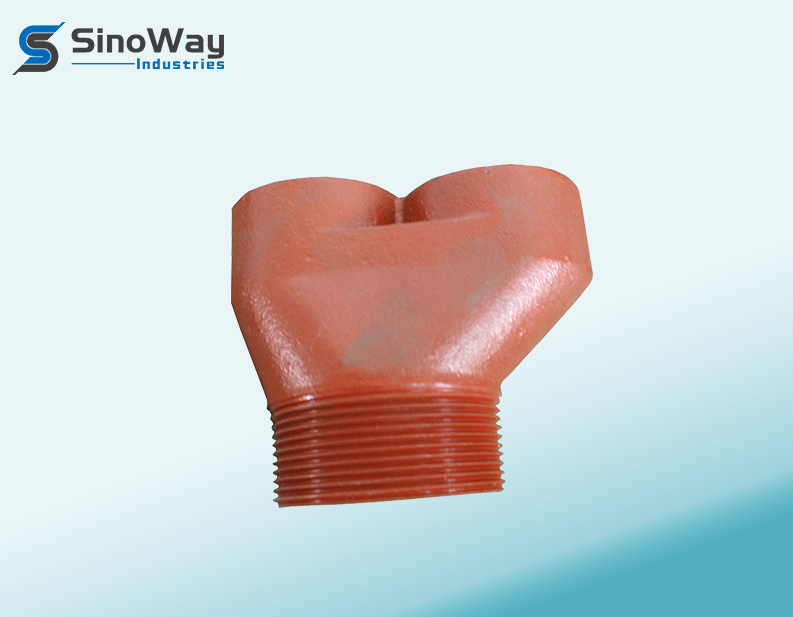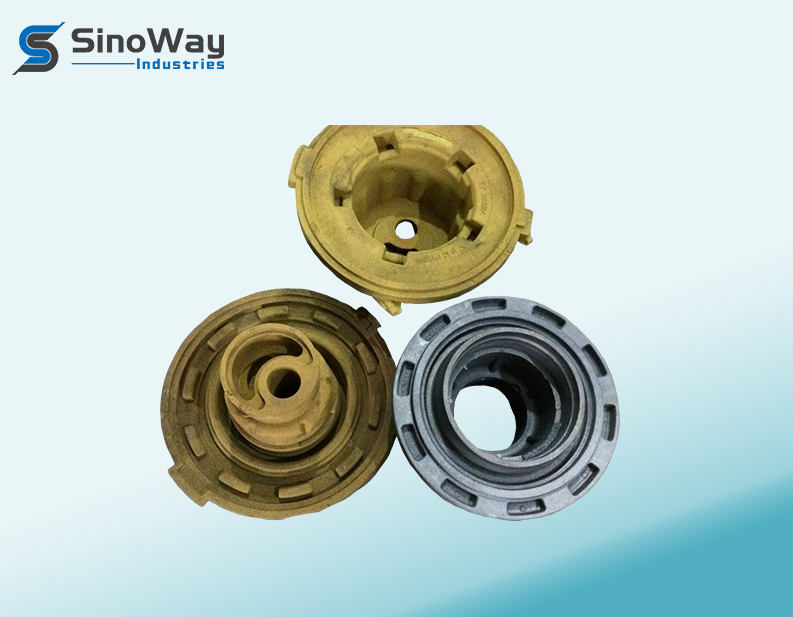In manufacturing complex, high-depth components, deep draw metal punching has proven to be an invaluable process, enabling the creation of intricate shapes with remarkable precision and durability. Industries such as automotive, aerospace, electronics, and medical devices rely on deep draw metal punching for parts that require complex geometries, high depth, and consistent quality. Sinoway, a leader in sheet metal manufacturing, specializes in deep draw metal punching, producing high-quality components that meet rigorous standards. This article explores the advantages, process details, and design considerations of deep draw metal punching, providing insights into how Sinoway perfects complex, high-depth components for demanding applications.
Why Choose Deep Draw Metal Punching for Complex, High-Depth Components?
Deep draw metal punching is essential when producing parts with complex shapes, deep cavities, or intricate geometries that cannot be achieved through standard stamping or machining processes. This technique involves drawing a flat sheet metal blank into a die cavity to form parts with precise depth, durability, and structural integrity.
Key Benefits of Deep Draw Metal Punching
- Complex Geometries: Deep draw punching allows for creating intricate shapes and forms that are challenging to achieve with other techniques.
- High-Depth Capabilities: It enables the production of deep components, ensuring consistent thickness and accuracy.
- Cost-Effectiveness: For high-volume production, deep draw metal punching is highly efficient, reducing material waste and labor costs.
- Durability and Consistency: The process produces robust, consistent parts ideal for high-stress applications.
The Deep Draw Metal Punching Process
Understanding the steps in deep draw metal punching is essential to appreciating its potential for complex, high-depth components. Each step in the process is carefully controlled to ensure precision, minimize material stress, and achieve the desired depth and shape.
Step 1: Material Selection and Preparation
The process begins with selecting a sheet metal material that meets the strength, durability, and flexibility requirements of the part. Common materials include stainless steel, aluminum, brass, and low-carbon steel, each chosen based on the application’s specific needs.
- High-Ductility Materials: Materials with good ductility, like aluminum and low-carbon steel, are preferred for deep drawing to avoid cracking or tearing.
- Surface Preparation: Proper surface treatment and lubrication prevent friction and wear, enhancing material flow and minimizing defects.
Sinoway Advantage: Sinoway’s extensive material expertise ensures that each project starts with the right metal, optimizing both formability and strength for high-depth applications.

Step 2: Die Design and Tooling
Tooling is critical in deep draw metal punching, as the die and punch shape dictate the final form and depth of the component. Precision tooling enables the creation of intricate shapes and ensures dimensional accuracy.
- Custom Die Design: Each die is custom-designed to match the exact specifications of the part, allowing for complex geometries and high-depth requirements.
- Multiple Draw Steps: For deep or complex parts, multiple draw steps are used to gradually shape the material, reducing stress and ensuring even thickness throughout.
- Blank Holder: The blank holder controls material flow, preventing wrinkling and ensuring a smooth surface finish.
Sinoway Advantage: Sinoway employs state-of-the-art tooling techniques and custom die designs to achieve the high precision needed for complex, high-depth components.
Step 3: Deep Drawing and Punching Process
In this step, the sheet metal blank is placed over the die, and a punch presses it into the die cavity, gradually forming the desired shape. This stage requires precise control of pressure, speed, and depth to achieve the desired component shape without compromising material integrity.
- Controlled Depth and Pressure: Careful adjustment of punch depth and pressure minimizes material strain and ensures dimensional accuracy.
- Lubrication Management: Proper lubrication reduces friction, allowing the material to flow smoothly and preventing tearing or wrinkling.
- Monitoring and Adjustments: For complex shapes, monitoring thickness and shape consistency throughout the process helps achieve precise and repeatable results.
Sinoway Advantage: Sinoway’s advanced machinery and expert technicians ensure that each component is drawn with precision, maintaining tight tolerances and consistent quality across high-depth parts.
Step 4: Trimming and Finishing
After the initial deep draw, the part may require trimming, cutting, or finishing operations to achieve the final shape and dimensions. This step removes excess material and refines edges, creating a smooth and polished component ready for assembly.
- Precision Trimming: Trimming ensures that each part meets exact specifications, removing any excess material to create the final shape.
- Surface Finishing: Depending on the application, finishing processes like polishing or coating can enhance the component’s appearance, durability, and corrosion resistance.
- Quality Inspection: Each part undergoes rigorous inspection to confirm it meets all dimensional and structural requirements.
Sinoway Advantage: Sinoway performs comprehensive finishing and quality control, ensuring that each component is smooth, precise, and ready for immediate use.
Design Considerations for Deep Draw Metal Punching
Designing for deep draw metal punching requires attention to specific considerations that impact durability, accuracy, and manufacturability. By incorporating these elements into the design, manufacturers can optimize component performance and longevity.
1. Optimize Part Geometry and Wall Thickness
Complex shapes with high-depth requirements can lead to material stress, thinning, or cracking. Optimizing geometry and wall thickness minimizes these issues, ensuring a durable part that withstands the stresses of its application.
- Uniform Wall Thickness: Design the component with consistent wall thickness to prevent weak points and improve structural integrity.
- Generous Corner Radii: Use rounded corners rather than sharp edges to reduce stress concentrations and enhance material flow.
- Progressive Depth Increases: For parts with high depth, design the shape to allow progressive depth increases, reducing strain on the material.
Sinoway Advantage: Sinoway’s engineering team works closely with clients to optimize designs, ensuring the part geometry supports both formability and durability for high-depth applications.
2. Choose Appropriate Materials Based on Application
The durability and performance of deep-drawn parts are heavily influenced by material properties. Selecting a metal with the right balance of strength, flexibility, and resistance to environmental conditions is essential.
- Ductility and Formability: Choose materials that exhibit excellent ductility to prevent cracks and ensure even thickness during deep drawing.
- Corrosion Resistance: For components exposed to moisture or chemicals, select corrosion-resistant materials like stainless steel or coated metals.
- Thermal Stability: In high-temperature environments, materials with good thermal stability, such as certain stainless steel alloys, enhance durability.
Sinoway Advantage: Sinoway’s material selection process ensures that each component is made from the most suitable metal for its environment, maximizing longevity and reliability.
3. Account for Potential Springback in High-Strength Metals
Springback is the tendency of metal to return to its original shape after forming, particularly in high-strength materials. Designers must account for this to achieve accurate part dimensions and ensure consistency in complex shapes.
- Predictive Modeling: Using predictive modeling to estimate springback and adjust designs minimizes dimensional deviations in the final part.
- Die Compensation: Adjust the die to compensate for springback, especially for high-strength metals, to achieve accurate dimensions.
- Incremental Forming: For metals prone to significant springback, incremental forming methods can help achieve desired shapes with minimal stress.
Sinoway Advantage: Sinoway uses predictive modeling and die compensation techniques to manage springback effectively, ensuring each part meets precise specifications.
4. Design with Tolerances for High-Depth Components
Deep draw metal punching requires tight tolerances, especially for high-depth components with complex geometries. Properly designed tolerances prevent dimensional variations that can affect assembly and performance.
- Tight Tolerances: Define tight tolerances in critical areas to ensure the part’s compatibility with other components.
- Account for Material Stretching: Include allowances for material stretching, ensuring parts meet dimensional requirements without compromising structural integrity.
- Minimize Wrinkling and Tearing: Design the part to avoid sharp transitions or extreme depths that could lead to wrinkling or tearing, impacting tolerance.
Sinoway Advantage: Sinoway’s expertise in deep draw metal punching ensures that each part meets strict tolerance requirements, providing reliable fit and performance in assembly and end-use.
Why Choose Sinoway for Deep Draw Metal Punching?
Sinoway is dedicated to delivering high-quality, complex, and high-depth metal components through advanced deep draw metal punching techniques. With a focus on precision, durability, and client-specific solutions, Sinoway’s capabilities ensure the production of components that meet rigorous industry standards across various applications.
Advantages of Choosing Sinoway for Deep Draw Metal Punching
- Advanced Tooling and Precision: Sinoway uses state-of-the-art tooling and machinery, ensuring that each part is manufactured with precision and consistency.
- Custom Solutions for Complex Shapes: Our experienced team works closely with clients to create custom dies and processes that achieve complex shapes and high depths.
- Material Expertise and Quality Control: Sinoway’s material selection and quality control processes guarantee that each component meets performance and durability requirements.
- Sustainable and Cost-Effective Production: We optimize material use and production efficiency, offering cost-effective solutions without compromising on quality.
Conclusion
Deep draw metal punching is an ideal method for manufacturing complex, high-depth components with excellent durability and precision. By understanding the process and design considerations, manufacturers can maximize part performance while reducing costs and production times. Sinoway’s expertise in deep draw metal punching ensures the delivery of components that meet demanding specifications, providing lasting solutions for industries requiring high-performance parts.
Explore Sinoway’s deep draw metal punching services and discover how our commitment to precision, quality, and customer satisfaction can support your project’s success. With Sinoway, you’re choosing a partner that brings advanced capabilities, expert guidance, and reliable results to your manufacturing needs.






